
Gingivitis is an oral condition that affects the gums, causing them to become inflamed, sensitive, and prone to bleeding.
It is caused by the bacteria of tartar formed by the buildup of plaque on the teeth, especially at the point where the teeth meet the gums.
The bacteria release substances that cause the gum to become infected, leading to symptoms such as:
• Red and swollen gum
• Bleeding, particularly during brushing or flossing
• Teeth sensitivity
• Pain when chewing or brushing
• Persistent halitosis(bad breath)
Gingivitis is a mild form of gum disease and can potentially escalate to a more severe form, called periodontitis if left untreated.
Toxins are released by the bacteria and can cause a gap to form between the teeth and the gum.
This gap continues to expand with time, leading to a recession of the gum. The teeth lose their integrity and become loose or shift while biting down or chewing.
The bones and underlying tissues in the jaw can become infected, and this can cause tooth loss.
An individual can be predisposed to gingivitis due to various factors, including:
• Inadequate oral hygiene
• Lifestyle factors such as smoking or chewing tobacco
• Poor diet
• Hormonal fluctuations that occur during physiological processes like menopause and puberty
• Family history of gum disease
• Systemic diseases such as diabetes and cancer
• Medications
Although gingivitis is a common condition that affects most people during their adult years, it can be prevented by visiting a dental professional such as Rio Rancho Smiles in NM. For more information, visit their website here: https://rioranchosmiles.com/.
The sooner you treat gingivitis, the better you will be able to clear it and avoid further disease. In addition to regular visits to your dentist, below are some other ways to help prevent gingivitis.
Proper Brushing

For effective cleaning, brush your teeth at least twice a day. Don’t rush when you brush your teeth.
To do a thorough job, it should take about two minutes. Remember to brush your tongue too as it harbors bacteria. You can use your toothbrush or a tongue scraper.
Ensure to brush every corner of your teeth and mouth and pay close attention to the gum line, as this area is usually prone to plaque buildup.
It is best to use a soft-bristled toothbrush. Electric toothbrushes work better to remove or reduce plaque than manual toothbrushes.
You should always rinse your toothbrush after brushing your teeth. Store it upright, keep it separate from other toothbrushes, and let it air-dry before you use it again.
Avoid covering or storing your toothbrush in a closed container to avoid yeast, bacteria, and mold growth.
Change your toothbrush or replace the head of an electric toothbrush every three months or when the bristles begin to fall apart.
Don’t Forget to Floss
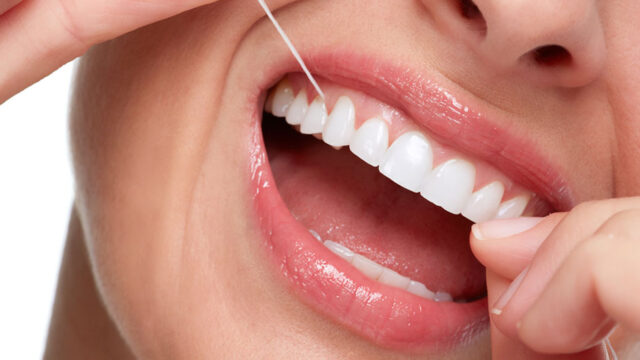
A toothbrush alone will not reach under the gum line or in tight spaces between teeth. This is why you should also floss your teeth.
As with brushing, don’t rush when flossing. Gently and carefully guide the dental floss between your teeth.
Move the floss in between each tooth in an up and down motion. Alternatives to regular dental floss include water flossers, dental picks, or pre-threaded flossers.
Use Appropriate Toothpaste and Mouthwash
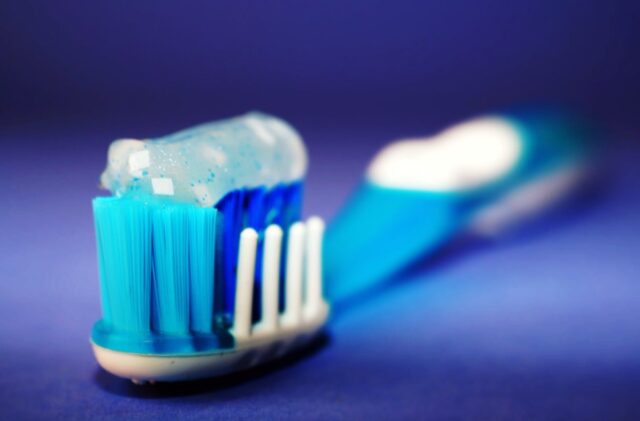
Use toothpaste that contains fluoride as well as anti-bacterial properties to combat the presence of harmful bacteria.
Spend at least two minutes when brushing to spread the toothpaste in your mouth adequately. Rinse off with a mouthwash that is formulated to control bacteria and remove plaque from your teeth.
Maintain A Good and Balanced Diet

Processed foods and carbonated drinks usually contain a high amount of sugar, predisposing you to develop gingivitis.
It is essential to eat healthily and cut down, as much as possible, on overly sweet and greasy foods.
Ensure to eat many fruits and vegetables daily, especially ones containing antioxidants and other nutrients that help prevent infections and diseases; these include nuts, oranges, and greens.
Avoid Smoking

Frequent smoking is a significant factor that can cause gum disease. Drugs such as tobacco promote the release of harmful toxins in the teeth, thereby increasing the risk of developing gingivitis and other more severe oral conditions such as periodontitis.
Regular smoking also impairs the body’s ability to combat infections and can slow down the rate of healing and repair in the body.
Keep Yourself Healthy

Many chronic diseases can increase your risk of developing gingivitis. Therefore, it is essential to ensure that you keep your health at its optimal state.
Keep to the treatment regimen prescribed by your doctor and report any complications immediately.
Adopt a lifestyle that promotes your physical and psychological well-being and helps you to reduce stress.
Talk to the physician about the side effects of your medication. Some drugs reduce or impair the formation of saliva, which can lead to several oral conditions.
Regular Dental Cleaning and Checkup
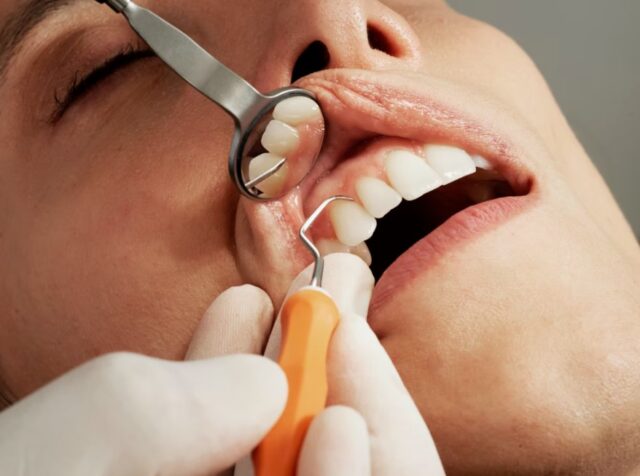
Plaque can be removed from the teeth through consistent brushing and flossing. However, tartar has a more rigid consistency and cannot be removed by brushing.
Therefore, you should visit your dentist or hygienist at least once every six months for a thorough cleaning.
During your visit, the dentist will perform a close inspection of your mouth and can detect signs of gingivitis, even at an early stage.
The dentist will prescribe effective methods and techniques to treat the infection and prevent a recurrence.
Dental Treatments for Gingivitis
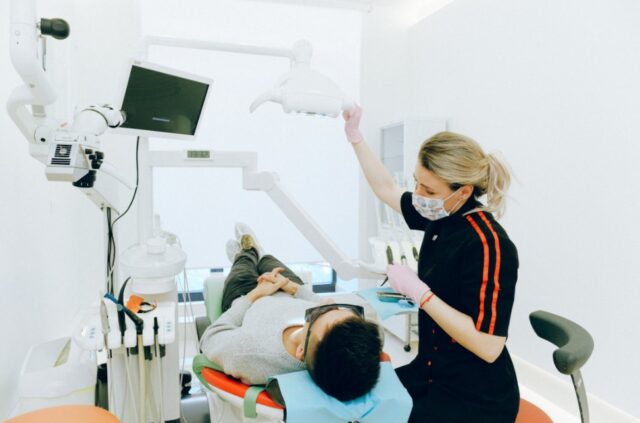
Your dentist will thoroughly clean your teeth to remove plaque, tartar, and bacteria and restore your healthy gums and teeth. Some of the treatments include:
• Remove the bacteria and tartar from your teeth and underneath your gums by root planing or scaling.
• If needed, your dentist may recommend restorative procedures, such as removing or fixing crowns, bridges, or fillings that do not fit right.
• Work with you to plan an effective oral hygiene routine
Prognosis
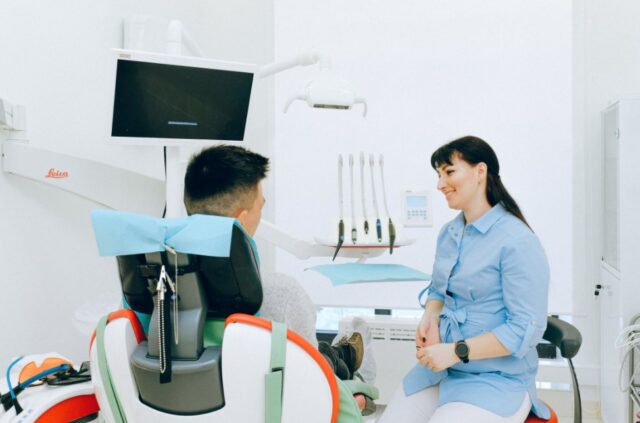
The earlier you or your dentist catches and treats gum disease, the more you can reduce its effects and prevent periodontitis that can cause damage to the structure keeping your teeth anchored in place.
Gingivitis is reversible with proper cleanings and checkups, but it will come back if you don’t maintain good oral hygiene and regular visits to your dentist.









